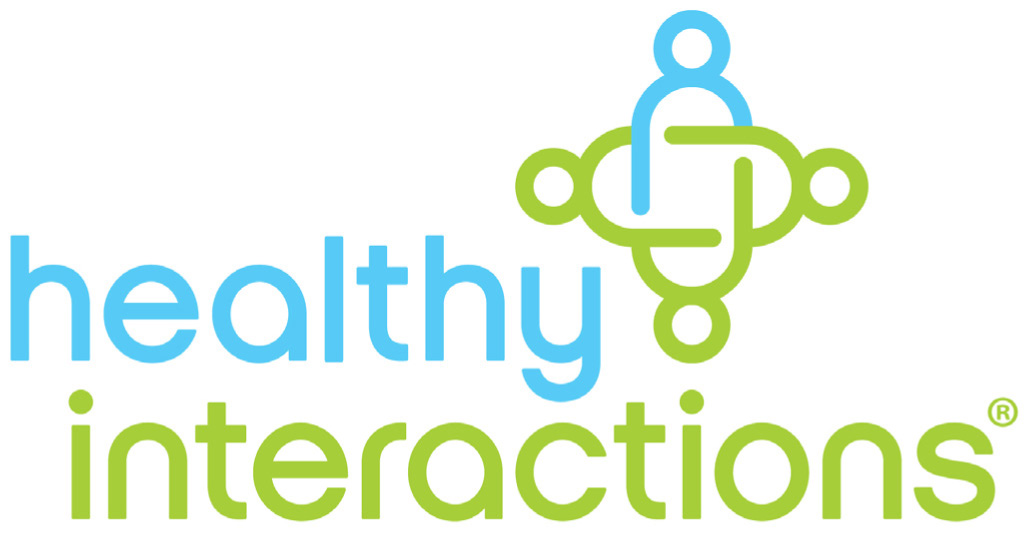Novel Group Format Helps Underserved Diabetics
10/1/2010
October 1, 2010
Article from Renal & Urology News website
ORLANDO, Fla.—A novel program for educating and managing underserved diabetics in a group setting may be better than the traditional group format, according to researchers.
Patients with type 2 diabetes who have participated in the program thus far have undergone recommended screening tests more often than type 2 patients participating in the traditional group program and have had better clinical outcomes. They also seem to prefer the novel program, which involves the use of a 3 × 5 foot map as an interactive teaching tool combined with facilitator-led discussions.
"We believe that our new program can help capture uninsured or underinsured patients, who often fail to show up at standard group programs or drop out after their first visit," said Tam T. Nguyen, MD, a family physician and assistant program director at San Joaquin General Hospital in French Camp, Calif.
He presented preliminary results of his research at the 70th Scientific Sessions of the American Diabetes Association.
The traditional group meeting is usually held once a week for 1.5 to three hours and includes three to five patients along with a certified diabetes educator, a nurse, and occasionally a primary care provider. "The main problem is that the health care professionals tend to talk too much, and there is rarely an effort to engage the patient," Dr. Nguyen said.
The nontraditional group format piloted at Dr. Nguyen's institution uses a program called Journey for Control and Conversation Maps (MAPS), whereby four to six type 2 patients meet every two weeks for three-hour sessions. Each session is led by a facilitator (usually a certified diabetes educator) who uses a specially designed map to teach patients about diabetes and engage them in a discussion. "The map looks sort of like the game Candyland but it's not a game and instead is a visual tool that is designed to promote and focus shared discussion about diabetes," Dr. Nguyen said.
At each session, 15 minutes is allotted for registration, 15 minutes for the measurement of vital signs, 90 minutes for "MAPS-guided" education and discussion, and 60 minutes for one-on-one consultation with a family physician, pharmacist, dietician, social worker, as needed.
Ideally, patients attend five sessions where topics include an overview of diabetes, medications, diabetes complications, glucose monitoring, and non-pharmacologic therapies.
The 112 patients included in the study had been referred by their primary care physician for diabetes management and education in a group setting.
Patients are initially assigned to either a traditional group visit or the MAPS-based group and then allowed to return to any sessions they wish.
Overall, 58 patients (52%) participated at least in one session of each group. Only 12 patients (10.7%) opted to return for more than one session of the traditional group visit while 54 patients (48.2%) chose to return to the MAPS sessions.
Significantly more patients in the MAPS group said that they enjoyed the sessions than in the traditional group, and significantly more MAPS patients said they learned a lot from the session.
Hemoglobin A1C (HbA1C) decreased by 0.5% in the MAPS group, retinopathy screening increased by 210%, the foot examination rate increased by 125%, and kidney function testing using microalbumin and albumin-to-creatinine ratio increased by more than 80%.
He also noted that with standardized kidney screening with the MAPS program, about 32% of patients were newly identified as having microalbuminuria. "We were then able to initiate therapy aimed at improving kidney function in these newly identified patients with microalbuminuria," he added.
The ADA recently issued an update on clinical practice recommendations, including measurable indicators (for example, HbA1C, low-density lipoprotein, and microalbumin), preventive services (for example, retinopathy screening, foot examinations, and vaccinations) and patient education (for example, self-management and medical nutrition therapy) for patients with type 2 diabetes. However, the typical 10-minute primary care visit cannot adequately address the 18 recommendations, especially for the average patient with multiple co-morbidities, Dr. Nguyen said. Moreover, diabetes is a complicated disease that is best managed with a multi-disciplinary approach.
While group visits have been shown to improve clinical outcomes, their effectiveness appears to be limited in disadvantaged patients such as those who are underinsured or uninsured, he noted.
"Hopefully, the MAPS program will serve as a useful tool for primary care providers as well as specialists for improving the care of diabetic patients, especially those who are uninsured or underinsured," Dr. Nguyen said.
From the September 2010 Issue of Renal And Urology News
Other recent news
September 2, 2015
October 17, 2015
July 27, 2015
July 23, 2015
March 23, 2015
